Full face helmets have come to commuting - do they belong?
Wearing a cycling helmet whilst riding provides some protection in the event of an accident, but should we go further and consider a full-face helmet instead?
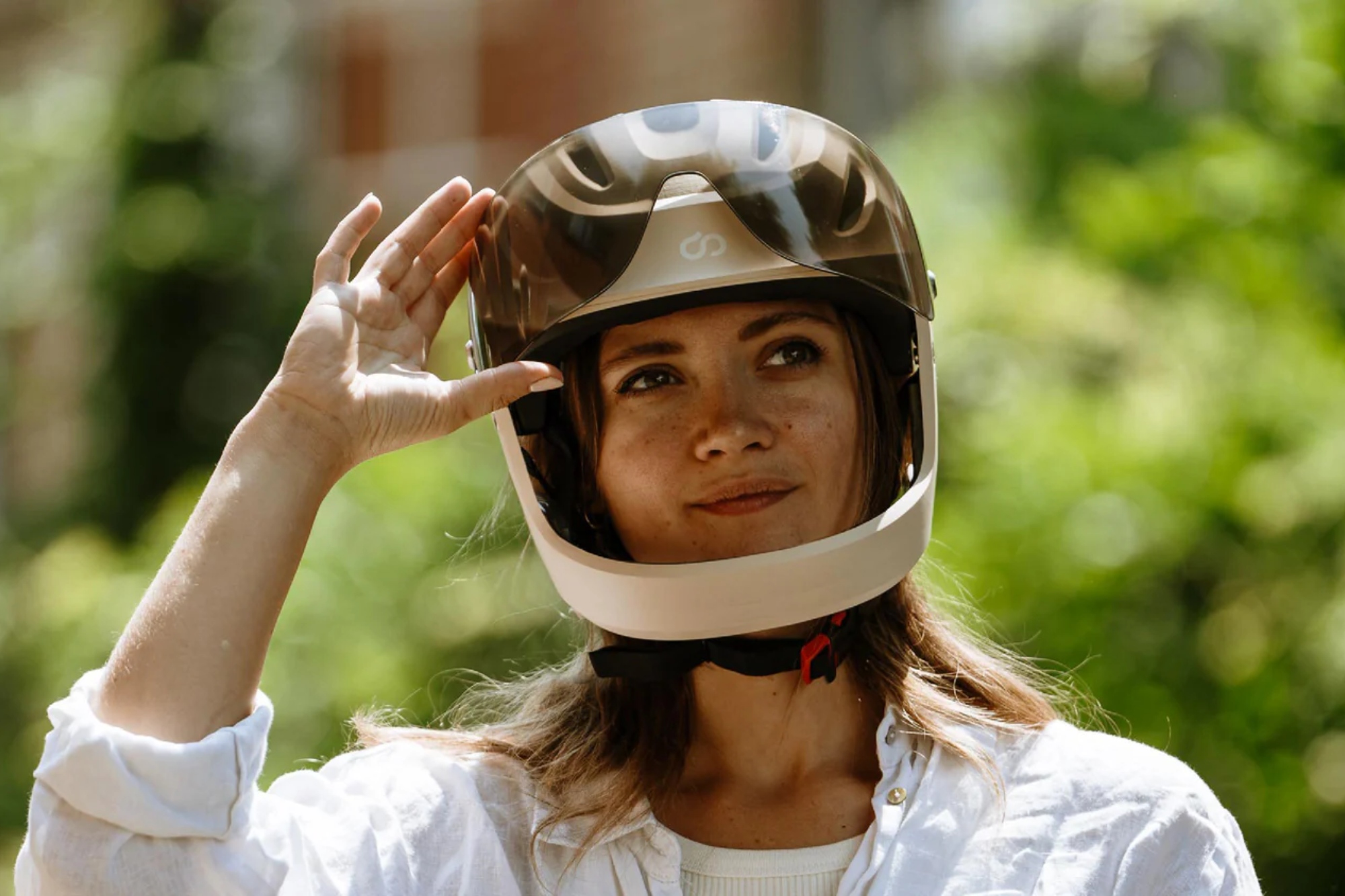
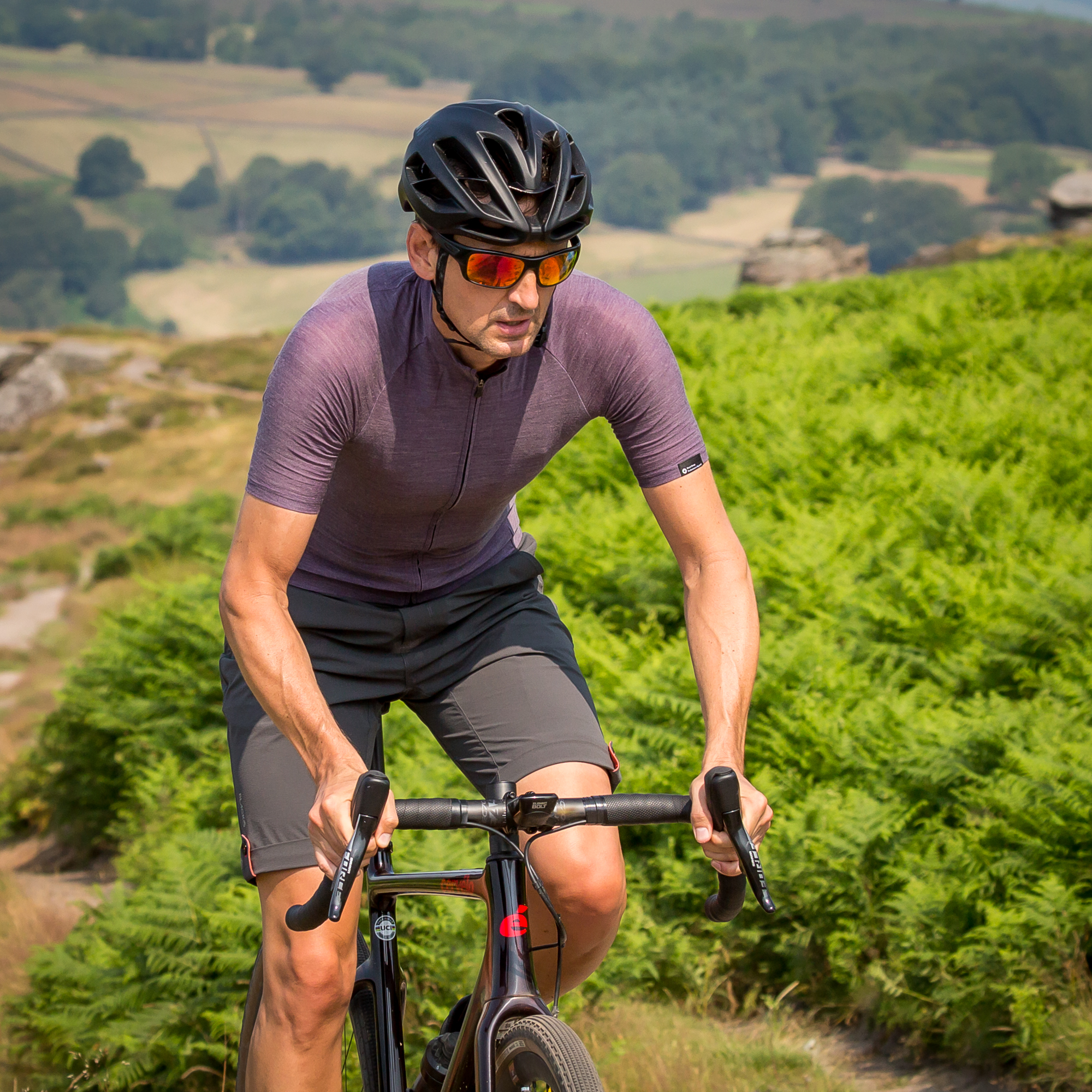
Stop, wait, come back, please! I know the helmets and cycling debate has been done to death, with helmet-wearing now almost ubiquitous and in some instances obligatory, but what if we haven’t gone far enough? Would wearing a full-face helmet provide even better protection for many of us when commuting or even road riding? How many of you and your cycling friends sport a fetching scar or two on the chin (or worse) which could have prevented?
These thoughts were prompted by The Beam’s range of full-face commuter and kid’s helmets. These are not like the aggressive-looking, motocross-inspired helmets that downhill mountain bikers use; rather they are much friendlier looking and remind me a little bit of Lego helmets. They are full-face helmets designed for everyday use.
First, let's go back a bit and have a quick look at the arguments in general for and against bike helmets. In essence, those in favour of helmets cite the plethora of evidence that helmets reduce the damage caused by certain impacts, whilst those against wearing them (or making them mandatory at least) say that there is evidence showing that helmets (and other safety gear) dehumanise the cyclist. This can mean that motorists show helmet-wearing cyclists less care and that having to wear a helmet can put people off riding in the first place. Indeed, Cycling UK quotes U.S. and Australian studies where mandatory helmet-wearing was shown to reduce bike use significantly.
Chris Boardman, ex-professional cyclist and cycling safety advocate also makes the excellent point that helmets can be seen as a bit of a sticking plaster - it would be far better to take action to prevent accidents from happening in the first place by better driver education and safer infrastructure than to concentrate on protective equipment.
Fortunately, in the UK, helmet wearing is not mandatory so you can make your own decision but it's fair to say that bike helmets have been adopted pretty much wholesale, so it is relatively unusual to see a cyclist without one.
Bike helmets are not as old as you might think. They became readily available in a recognisable form in the early 90s, but weren’t adopted by the UCI until 2003, with the Giro d’Italia being the first race in which they were mandatory. In fact, the riders went on strike at the 1991 Paris-Nice when it was suggested that they should be worn, so it took 12 years for them to be accepted by the professionals. The idea of racing or riding a bike without a helmet on is almost unthinkable for most of us now though, so things can and do change.
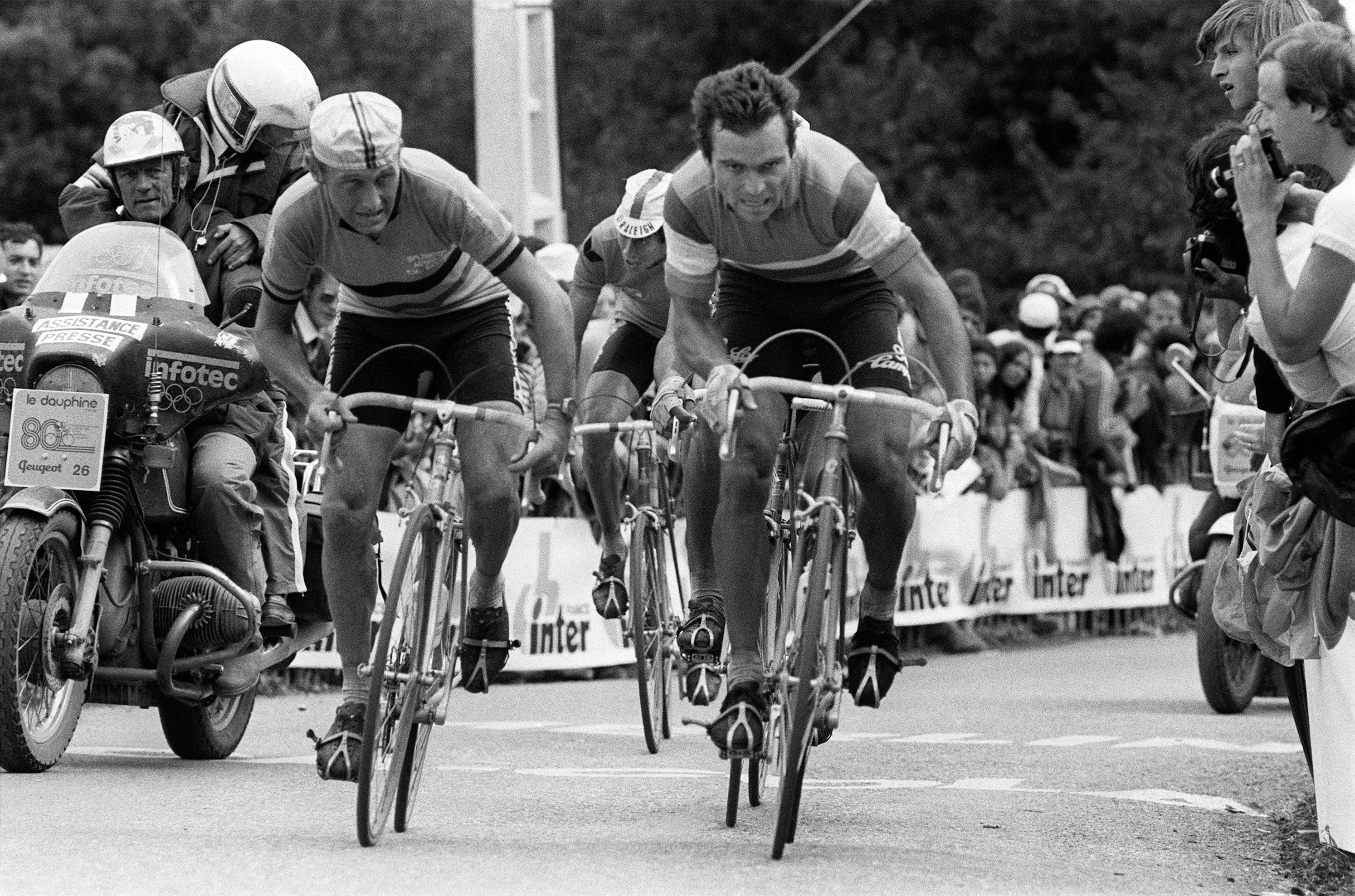
No helmet for Bernard Hinault at the 1980 world championships in Sallanches
The last couple of decades have seen helmets in some form or another adopted by many sports where previously they weren’t worn. Skiing, snowboarding, skateboarding and rock climbing for example. Amusingly, a 2024 paper on the American Association of Neurological Surgeons website also recommends protective headgear for bull riding and pole vaulting amongst their other more obvious suggestions.
Get The Leadout Newsletter
The latest race content, interviews, features, reviews and expert buying guides, direct to your inbox!
So, should we take the next step and add a chin guard to bike helmets for increased protection? The Beam’s products are aimed squarely at commuters, with very little evidence of Lycra or shaved legs in their imagery, and I can see a case for full-face helmets in this scenario. Trees and rocks don’t swerve towards you at 40 miles per hour, yet many mountain bikers are happy to wear full-face helmets, so if the availability of greater protection encourages more people to commute by making them feel a bit safer then that is great. Some of The Beam’s helmets also feature visors, which would provide better weather protection too.
Marco Galli of KASK agrees that a chin guard might be safer, but adds that “it would likely be heavier and less comfortable. Therefore, the risk could be that we see even fewer people wearing commuting helmets….we always aim to ensure a good balance between safety, weight, and comfort, to guarantee a high likelihood of the helmet being worn. This is why the Urban R [KASK’s commuter helmet] does not have a chin guard.”
The Rider Research Hub found an interesting statistic in their research; 51% of riders wear the same helmet no matter what kind of riding they’re doing. So whilst a chin guard on a commuter helmet might be a feasible and desirable option, it might hamstring itself in terms of sales as it would limit when else it could be worn - it's less likely that road riders would be keen to add extra weight and reduced airflow to their heads.
Of the cons of a full-face helmet, the hardest issue to deal with is the dehumanising element. There is already plenty of evidence that any kind of helmet reduces a driver’s perception of a cyclist as being human, resulting in closer passes and other less considerate behaviour. Therefore, it isn’t a big leap to imagine that a full-face helmet would further dehumanise cyclists and reduce driving standards even further.
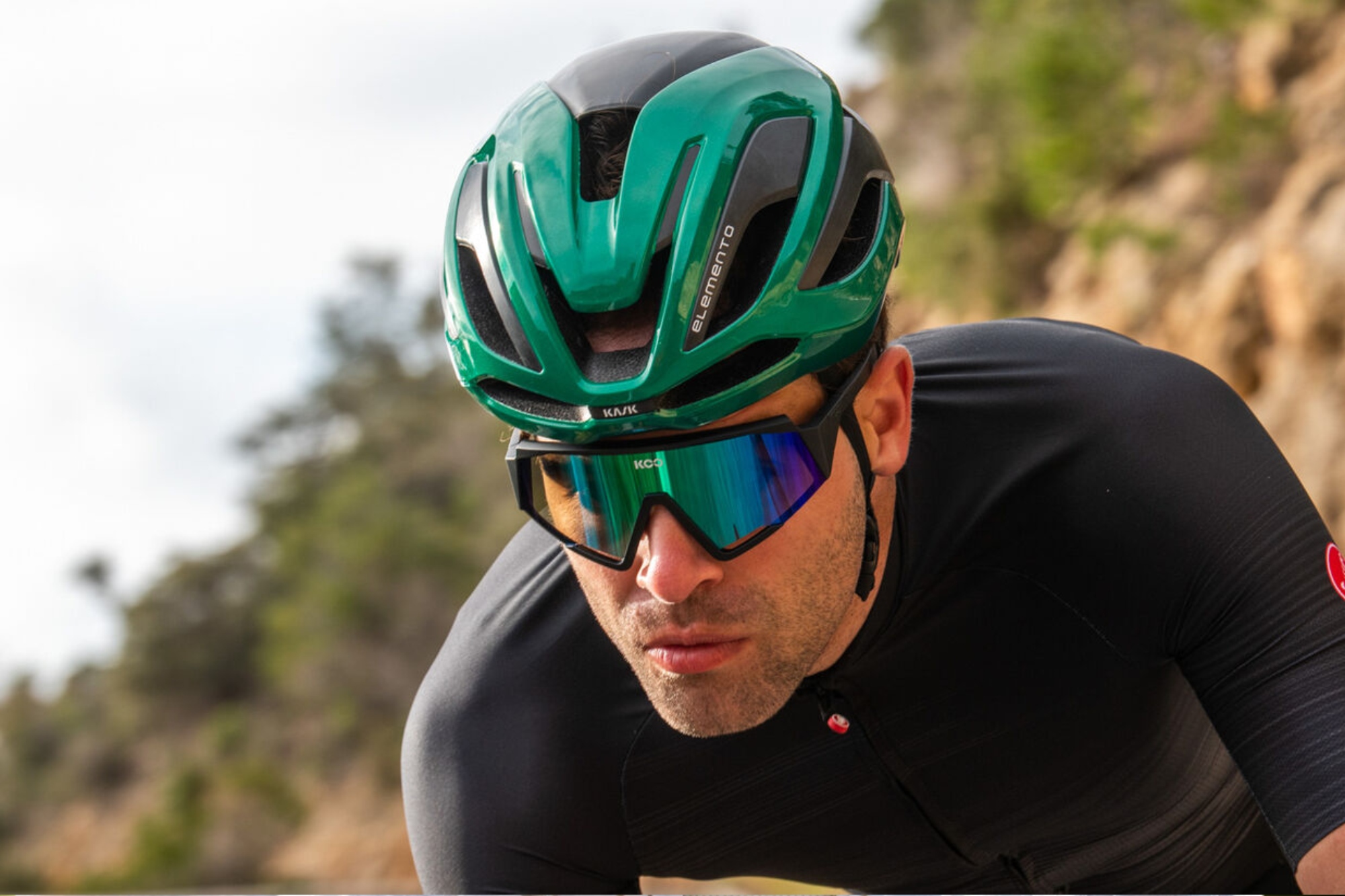
Kask Elemento road bike helmet
You have a choice at this point. Try to humanise yourself as much as possible by not wearing cycling clothing or safety gear, and hope that it makes drivers treat you more considerately. Or you could decide that sharing a road with cars is always going to involve a little bit of jeopardy and protect yourself as best you can. If that includes a full-face helmet, then so be it.
I feel like a full-face helmet for my riding (leisure road and gravel) is a step too far at the moment. Part of the joy of cycling for me is a greater connection with nature and the environment; seeing, hearing and smelling the world around me. Locking myself away behind a visor and chin guard would remove some of this feedback. The trade-off between freedom and protection is one I am willing to take currently. However, I am old enough to have started cycling, skiing and rock climbing in the pre-helmet days, but now wouldn’t consider not using one in any of these sports. So, maybe a time will come when riding without a full-face helmet will feel as naked as riding without a normal helmet does now.
I don’t envisage that we are going to see Tadej or Jonas ripping up Alpe d’Huez in MX style helmets anytime soon, but I think that for some riders in certain environments, it makes sense to consider wearing a helmet that offers more protection than an upside-down polystyrene bowl.

Thank you for reading 20 articles this month* Join now for unlimited access
Enjoy your first month for just £1 / $1 / €1
*Read 5 free articles per month without a subscription

Join now for unlimited access
Try first month for just £1 / $1 / €1
Tim Russon is a writer and photographer who has worked in the outdoor and cycling industry for over 20 years. He can’t remember a time when he didn’t own a bike and has road, gravel, mountain and retro bikes in the shed. His favourite place to ride is the Dolomites, a simply stunning area which has breathtaking views and incredible roads combined with lovely food and great wine.
He prefers long, hot climbs in the big mountains, but as he lives on the edge of the Peak District he has to make do with short, cold climbs most of the time instead.
-
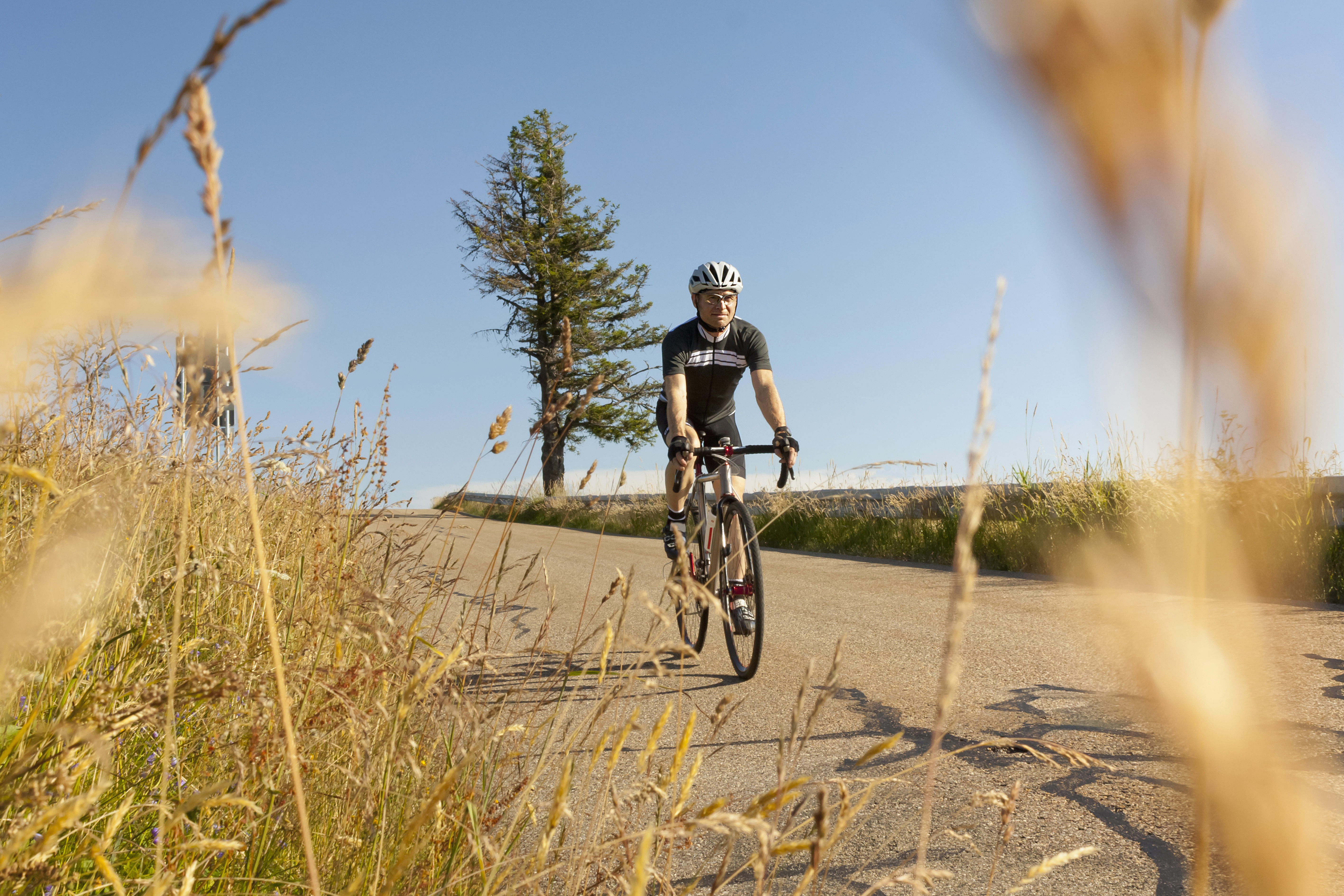 Hayfever and your riding: how to combat it as the pollen strikes
Hayfever and your riding: how to combat it as the pollen strikesExplanations, medications and holistic measures to make your spring and summer riding more enjoyable
By James Shrubsall
-
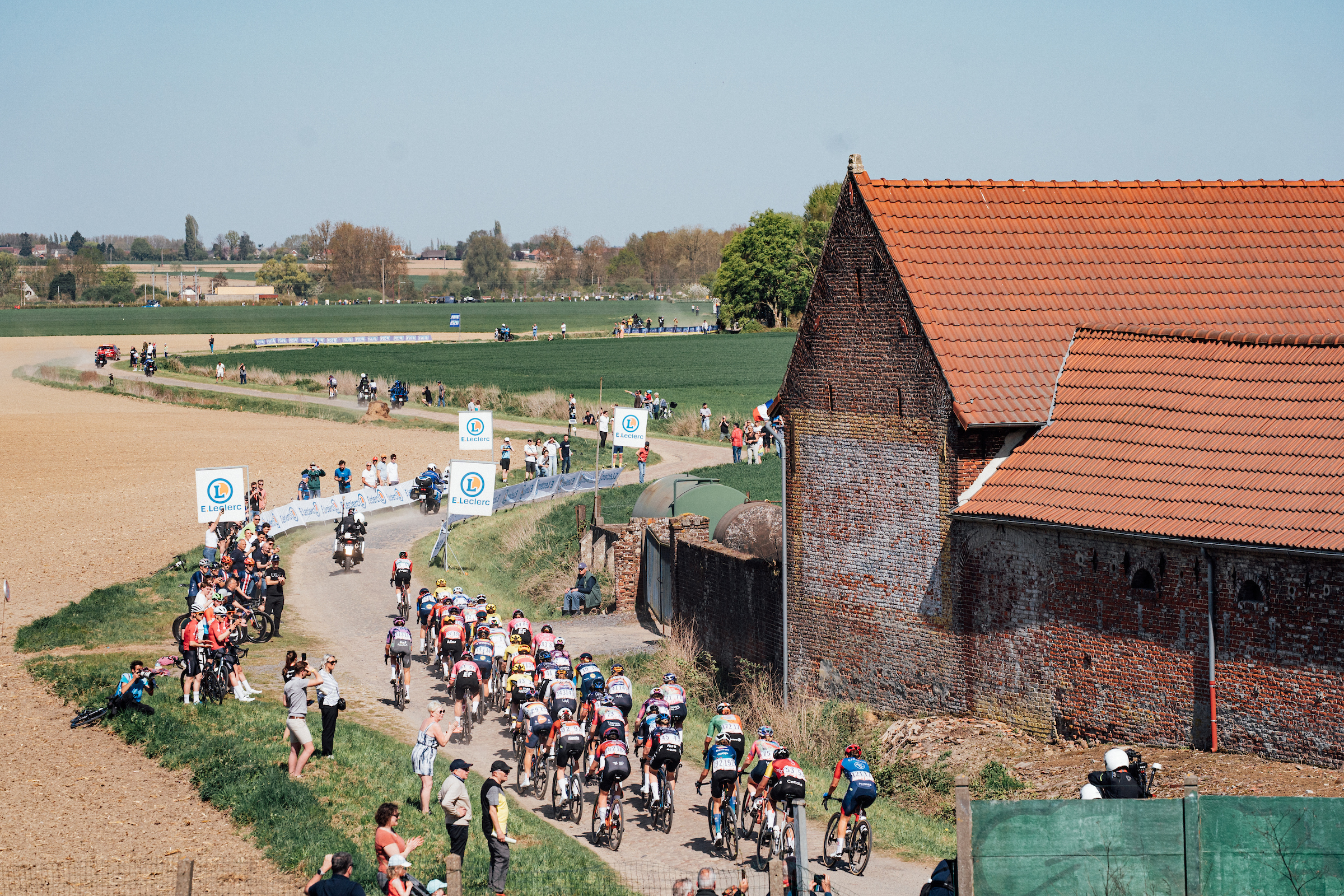 I went to Paris-Roubaix Femmes and was shocked at how it is still treated as secondary to the men’s race
I went to Paris-Roubaix Femmes and was shocked at how it is still treated as secondary to the men’s raceThe women’s version of the Hell of the North is five years old, but needs to be put more on equal footing with the men
By Adam Becket